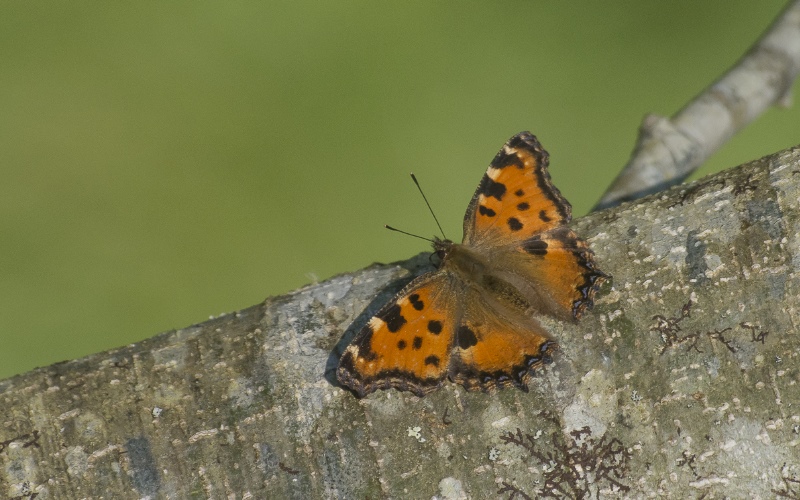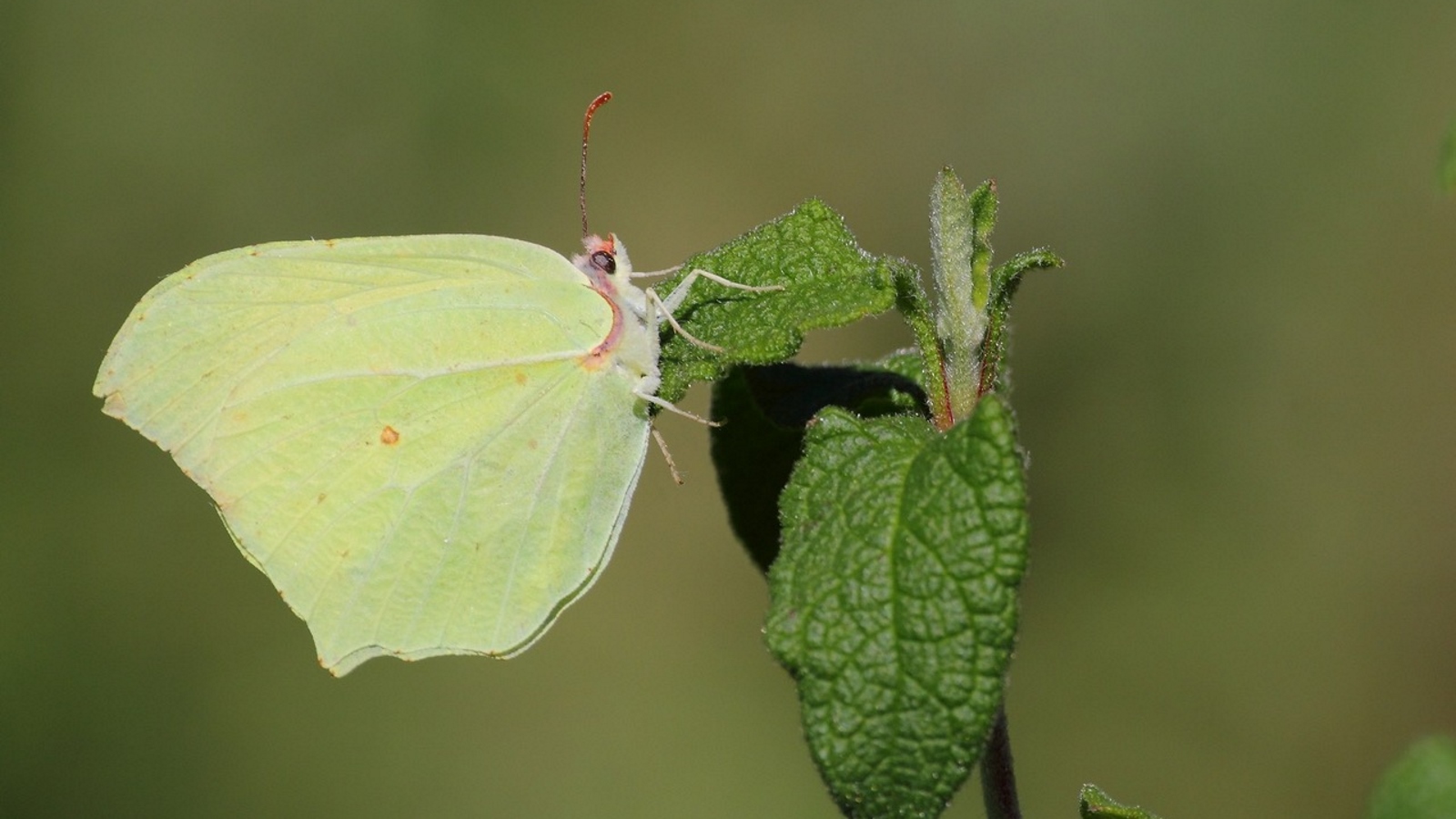Why is it that one rarely sees butterflies in winter?
A naturalist in the Gulbenkian Garden
What happens is that we tend to associate the term “butterfly” only to this insect’s adult stage, when it has “two pairs of wings covered in scales, and its role it is to find a partner with whom to mate so that females lay eggs, ensuring the next generation”, explains the specialist.
However, “we mustn’t forget that throughout their lives these animals undergo incredible transformations, starting with the egg, then a caterpillar phase, which in our latitudes lasts a long time, followed by the chrysalis and finally, the adult phase”, she describes.
Thus, most butterflies in Portugal spend the winter as caterpillars. Meanwhile, there are other species that are in the egg, chrysalis or even adult stage. However, it is certain that all of them will be in diapause, which is when “they reduce their activity to minimum, in a latent kind of life stage, similar to the hibernation of mammals”.
This takes place because butterflies are exothermic animals, unable to regulate their body’s internal temperature, explains the researcher. They therefore depend on exterior climatic conditions to become more active. “During the cold season, they go into diapause, alive but still, waiting for higher temperatures that will allow them to increase their activity.”
For example, butterflies that spend the winter in their adult state, when it’s cold, prefer to stay still and hidden in the hollows of trees or rock crevices.
Nevertheless, even in this season, when days start getting warmer and sunnier, some already have “enough energy to start their normal life”. Examples include the Cleopatra butterfly (Gonepteryx Cleopatra) and the Large Tortoiseshell butterfly (Nymphalis polychloros).

These and other species that we see fluttering by on warmer winter days tend to be bigger, with a larger wingspan. The scales these insects have on their wings are extremely useful for them: “They are an excellent adaptation to maximize the capture of energy, each serving as a small solar panel, which butterflies position at the angle of the sun’s movement, to gain more heat”, explains Patrícia Garcia-Pereira.
However all these life cycle adaptations to the natural rhythm of the seasons did not take place all of a sudden, they took millions of years. That’s why scientists are so concerned about the effects of climate change on butterflies. “As everything is happening at such a great speed, species do not have time to adapt naturally to environmental changes, which will lead to the extinction of many of them”, she underlines.
On the one hand, the general increase in temperatures influences the duration of the life stages, with an expected increase in the number of generations each year. Nevertheless plants will need to keep up with the change so that food is available when needed. “If there are no leaves or flowers to feed the butterflies, they will die.”
On the other hand, “extreme climatic events, such as storms with periods of intense rain and wind, which are increasingly frequent and prolonged, will also affect the lives of these insects”, warns the researcher.


